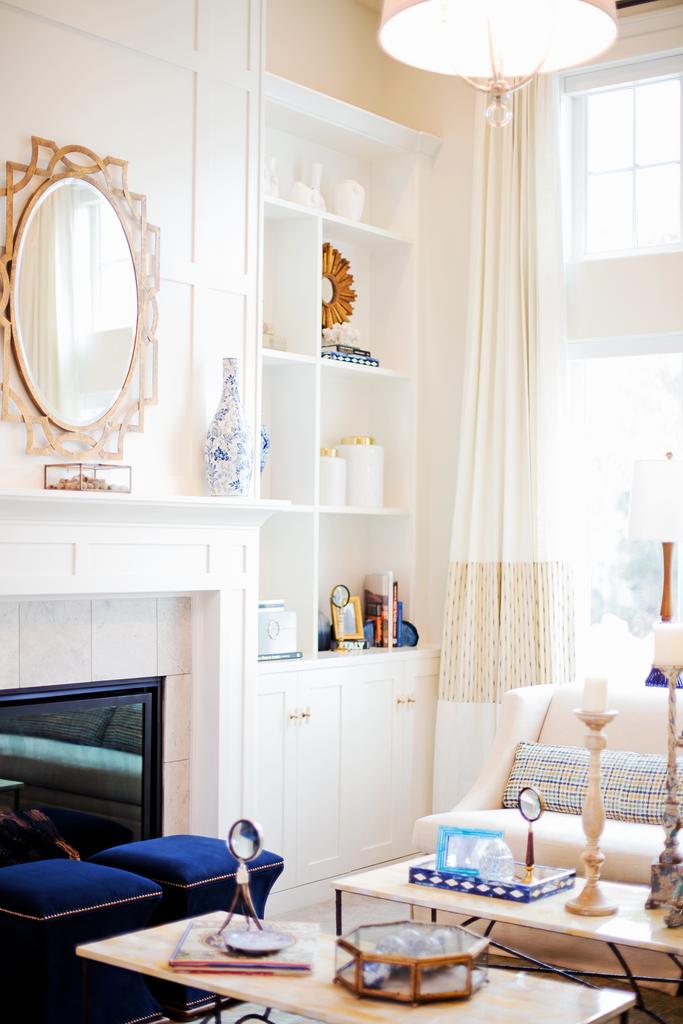Introduction
In a world inundated with images, it’s easy to dismiss photography as merely a way to capture moments. However, some photographs resonate deeply, inviting viewers into a realm of introspection and contemplation. What makes a photo contemplative? Unpacking the concept in art requires an exploration of various elements—composition, subject matter, and emotional undertones—that can transform an ordinary snapshot into a profound visual narrative. This article delves into the intricacies of contemplative photography, examining its significance in contemporary art and its appeal to both artists and audiences alike.
What is Contemplative Photography?
Contemplative photography is more than just clicking away at subjects; it reflects a deeper engagement with the visual world. It encourages photographers and viewers to pause, reflect, and connect with emotions stirred by the imagery.
Understanding the Essence of Contemplation
Contemplation involves critical thinking and deep reflection. When applied to photography, it means considering not just what is seen but also what is felt. This practice allows for a richer understanding of both the art form and oneself.
The Role of Aesthetic Self Portrait Photography
Aesthetic self-portrait photography plays an essential role in contemplative practices. By using oneself as the subject, photographers can explore their identities while inviting viewers to engage with their narratives on a personal level.
The Elements that Make Photos Contemplative
Composition: The Backbone of Contemplation
Effective composition draws viewers into the photograph's emotional landscape. Considerations such as framing, balance, and symmetry evoke feelings that compel one to linger longer on an image.
Subject Matter: Connecting Emotionally
What a photograph depicts significantly influences its contemplative nature. Subjects that are relatable or provoke curiosity can inspire contemplation.
Lighting: Setting the Mood
Lighting can elevate photographs from mundane to extraordinary. Soft lighting may evoke nostalgia or serenity, while harsh contrasts may instill discomfort or tension.
Color Palette: Evoking Feelings
The choice of colors plays a pivotal role in how an image communicates emotions. Warmer tones may create comfort while cooler hues might foster calmness or melancholy.
Aesthetic Photos Wall: Curating Contemplation
Creating an aesthetic photos wall allows individuals to curate their environment intentionally. It invites contemplation by surrounding oneself with imagery that resonates on personal levels.
Choosing Aesthetic Photos for Your Space
When selecting aesthetic photos for your wall:
Consider personal resonance. Look for diversity in themes. Evaluate color harmony with your space.This thoughtful curation fosters an atmosphere conducive to introspection.
Why Do Many Contemporary Printmakers Prefer Linocut to Woodblock Printing?
Understanding trends in art techniques provides insight into contemporary practices like linocut printing over traditional woodblock methods. Linocut allows for greater flexibility and experimentation, appealing to modern artists seeking unique expressions in their work.
Exploring Rare Home Interior Pictures
Rare home interior pictures often capture spaces filled with personality and history—elements that invite contemplation about lifestyle choices and personal narratives behind each object within the frame.
Capturing Stories Through Interior Photography
Photographers can convey stories through careful composition in interior shots. Details like vintage furniture or family heirlooms offer glimpses into lives lived and memories created.

Self Expression Self Portrait Photography: A Journey Within
Self-expression through self-portrait photography enables artists to explore inner thoughts visually. This genre has seen an uptick due to social media platforms emphasizing individual storytelling through visuals.
Techniques for Powerful Self-Portraits
To create impactful self-portraits:
- Experiment with angles Use props that represent you Explore different moods through expression
These techniques help convey deeper narratives beyond mere appearances.

Abstract Self Portrait Photography: Breaking Boundaries
Abstract self-portrait photography pushes boundaries by moving away from traditional representations of identity towards more conceptual interpretations focused on feelings rather than appearances.
Embracing Faceless Self Portrait Ideas
Faceless self-portraits allow for anonymity while still expressing individuality through styling choices or environments depicted within each frame—enabling viewers' imaginations to fill gaps left open by obscured identities.
Aesthetic Colorful Portrait Photography: Vibrancy Meets Depth
Aesthetic colorful portrait photography combines vivid hues with emotional depth—creating images that not only attract attention but also invite contemplation on the subjects portrayed within them.
Choosing Colors That Resonate Emotionally
Selecting colors carefully can transform portraits into narratives filled with emotion:
Bright colors spark joy. Darker shades evoke seriousness. Pastels create softness and calmness.Each choice impacts how viewers interpret these portraits emotionally.
The Impact of Fine Art Photography on Contemplation
Fine art photography occupies a unique space where aesthetics meet profound concepts—a perfect setting for contemplative engagement with visuals crafted intentionally over mere documentation of life events.
The Evolution of Fine Art Photography Techniques
As technology advances, so too does fine art photography—incorporating mixed media approaches alongside traditional methods broadens opportunities for creating aesthetically pleasing images that provoke thoughtfulness among audiences engaged deeply enough visually (and intellectually).
How To Hang A Large Canvas: Adding Depth To Your Space
Hanging large canvases effectively can enhance contemplation within any room:
Choose prominent locations for impact. Maintain eye-level placement for accessibility. Group similar pieces cohesively together if applicable.These strategies create focal points prompting reflection upon viewing experiences tied directly back into artistic intentions conveyed throughout each piece displayed prominently around living environments regularly frequented by individuals inhabiting those spaces actively engaging daily life routines therein!
FAQs About Contemplative Photography
1. What distinguishes contemplative photography from regular photography?
Contemplative photography focuses on evoking deep emotions and reflections rather than merely capturing moments without intent or meaning attached beyond surface-level observations alone!
2. How can I start practicing contemplative photography?
Begin by slow down when taking pictures; consider your surroundings mindfully! Engage emotionally with subjects while experimenting creatively until comfortable expressing yourself authentically through captured images produced during such sessions!
3. What are some common themes found in contemplative photos?
Common themes include solitude & isolation; nature’s beauty; nostalgia captured via objects/settings reminding us about past experiences cherished dearly over time spent collectively shared amongst loved ones encountered throughout our journeys together!
4 Are there specific techniques used widely among art photographers today?
Yes! Techniques vary widely but include composition rules (such as rule-of-thirds), use natural lighting strategically (golden hour), exploring abstract representations instead traditional forms focusing solely appearance-based portrayals instead encouraging deeper connections formed between viewer/subject matter depicted therein!

5 Is there a relationship between color theory & contemplative imagery?
Absolutely! Color influences mood significantly impacting perceived meanings associated observed qualities present throughout compositions created utilizing various hues/shades layered thoughtfully together crafted deliberately highlight desired effects intended elicit reactions from observers encountering finished works produced ultimately culminating final outcomes achieved collectively together bringing forth discussions arise surrounding topics explored within contexts presented visually overall purpose communicated effectively reaching audiences!
6 Why do many printmakers favor linocuts?
Linocut provides flexibility allowing artists experiment freely incorporating unique textures/elements unavailable other forms traditional printmaking techniques enhancing creative potential unlocking new possibilities opening up fresh avenues exploration otherwise limited conventional methodologies employed historically speaking across generations past leading up present-day innovations taking place across global landscapes continually evolving driven passionate individuals committed fostering growth artistry community!
Conclusion
In conclusion, understanding what makes a photo contemplative involves unraveling layers beneath surface appearances—a blend compositional elements subject matter emotional resonance combined creating powerful imagery capable inspiring introspection meaningful conversations sparked interactions https://writeablog.net/tirgonmysh/photography-as-therapy-how-capturing-beauty-can-heal-us facilitated connections forged between artist/viewer alike! As we continue exploring this fascinating realm known as “contemplative photography,” let’s appreciate its ability stir hearts minds alike transforming ordinary visuals something extraordinary enriching lives inspiring creativity fostering deeper appreciation artistry itself existing all around us every day waiting patiently discovered experienced fully enjoyed embraced wholeheartedly without hesitation whatsoever!